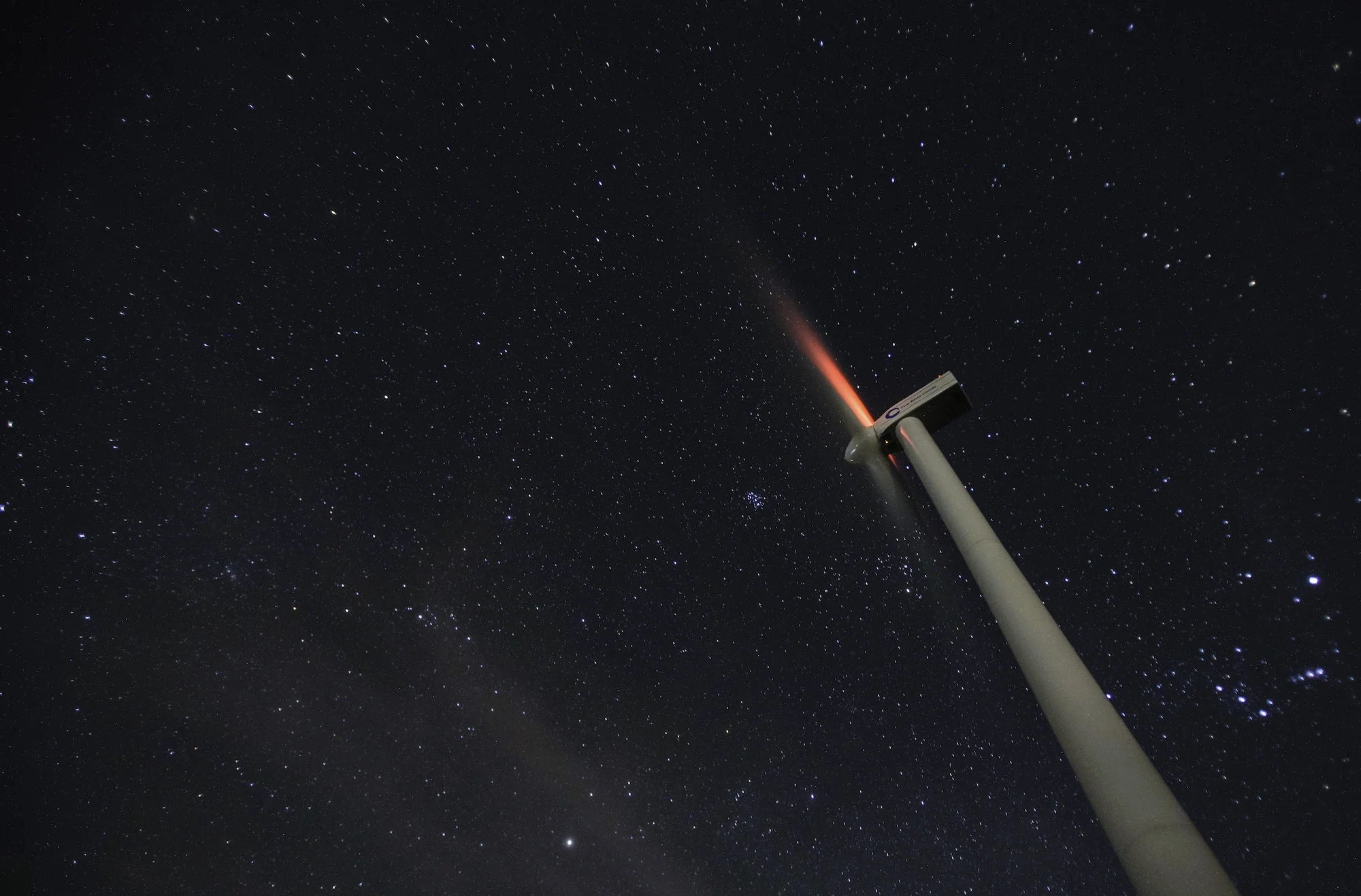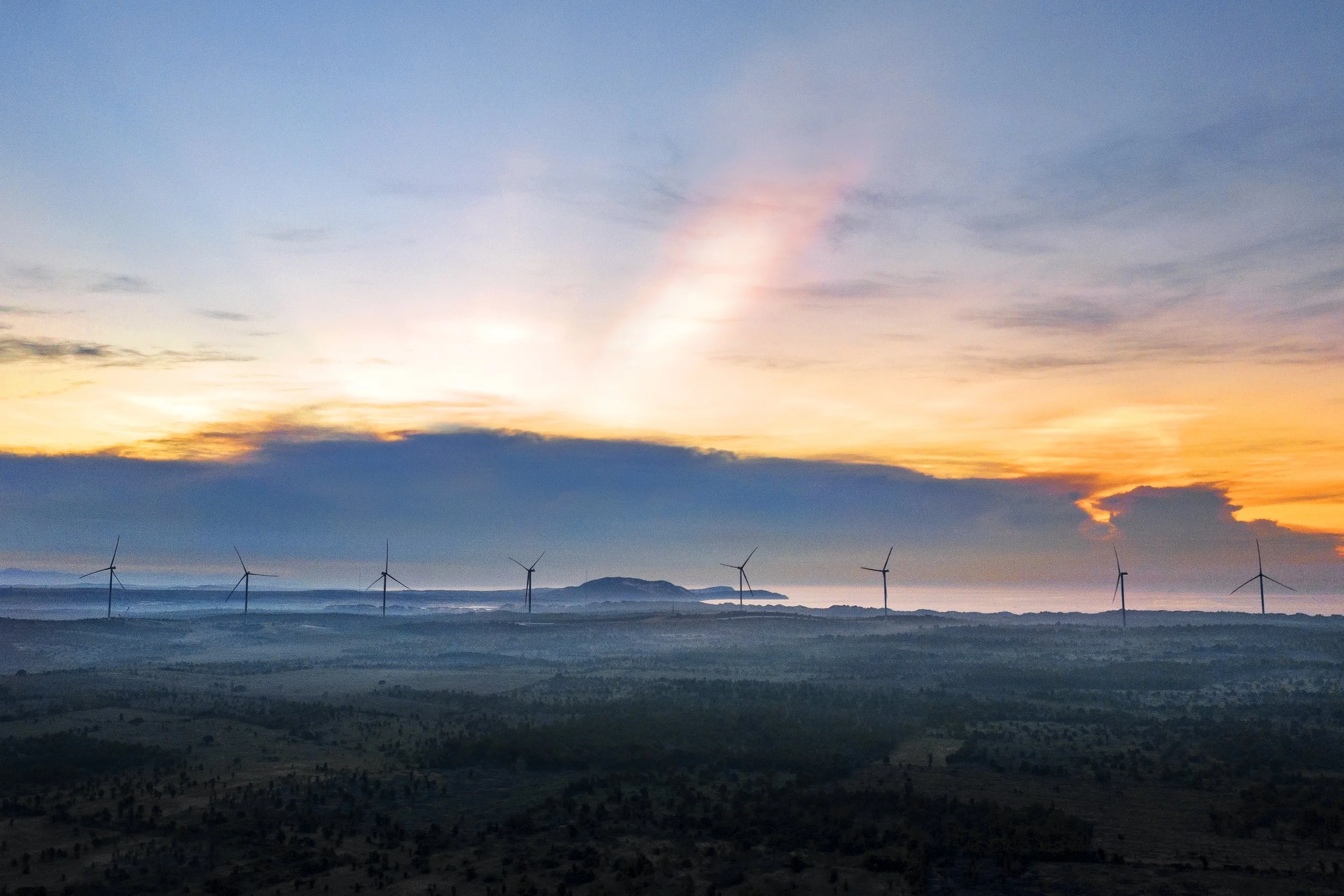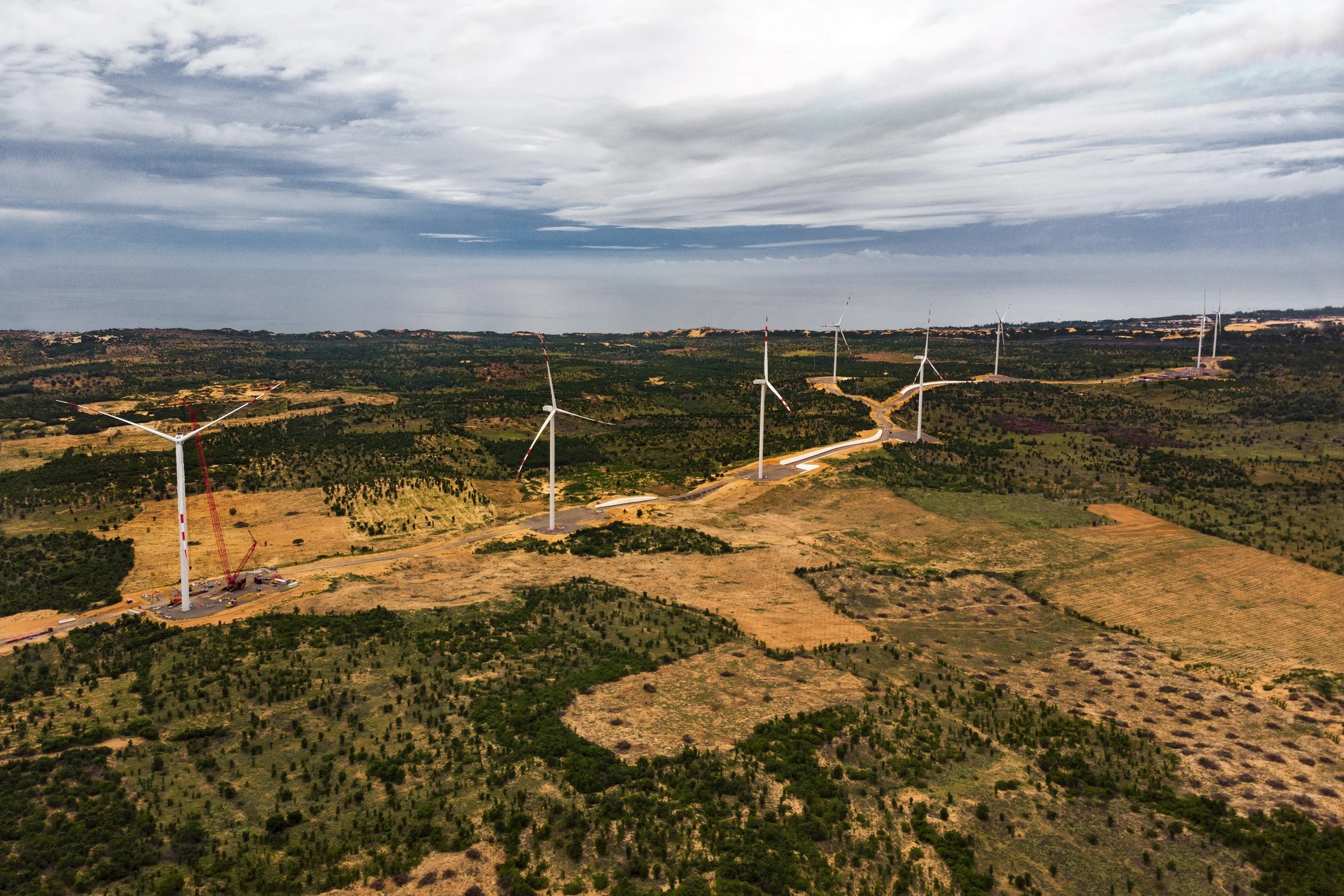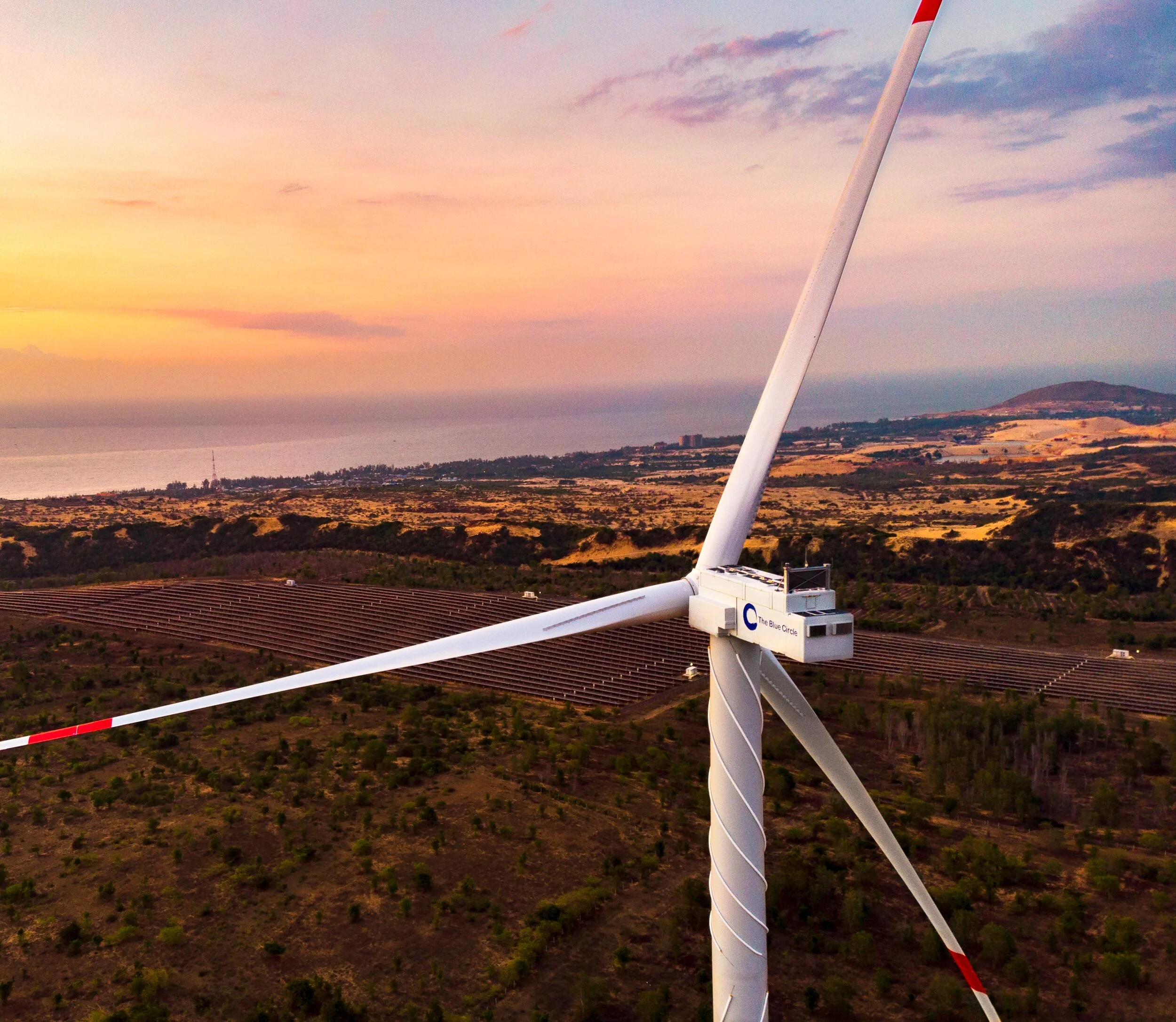Twenty years ago, the pioneers of wind power
On November 13th 2001, in Paris- France, was incorporated the Societe Francaise d’Éoliennes (SFE- French Windmill Company) by Olivier Duguet. Following the first wind power Feed-in-Tariff established in June 2001, France was just about to embark on the growth story of wind energy. From less than 150 MW installed at that time, wind installed capacity reached 757 MW in 2005 and 2,454 MW in 2007. Societe Francaise d’Eoliennes followed the same trajectory, building its first 9 MW project at Saint Crépin (Charente Maritime - Midwest of France) in 2004, being the first Independent Power Producer to reach 100MW installed in 2007. “The turbines were much smaller at that time” details Olivier Duguet. “At SFE, we have installed 850kW turbines as well as the first 1.5MW turbines in France with 77 meters rotor diameter. When we built the first 2MW-90 meters rotor diameter turbines in the East of France in 2007, they seemed to us the maximum size and capacity technology could reach… The standard wind measuring campaigns were using 40 meters masts by that time and the banks were reluctant to lend for more than 10 years…”remember Olivier Duguet.
Nevertheless this has not stopped Olivier to become one of the French wind energy pioneers, along with Jean-Michel Germa (La Compagnie du Vent) and Jean-Yves Grandidier (Valorem). “In 1999, while visiting the Wind Turbine Technology Test Center of Bremerhaven in Germany, I realized the potential of wind to be a real industrial sector in the XXIst century…” acknowledges Olivier. Since then, the wind power sector has created 22.600 direct jobs in France and 1.2 million worldwide, global installed wind generation capacity has been multiplied by 100 in the last 20 years to reach 751GW in 2020 according to IRENA latest’s data. Even if harnessing the energy of the wind seems a first obvious choice to fight CO2 emissions and global warming in this COP 26 year, it has never been an easy task. Ever changing regulation and permitting conditions are most often cited as major obstacles for wind power projects development which take at least 3-4 years before reaching construction stage.
“For all of us who have been dreaming of changing the world for so many years, it is a great satisfaction to see now wind power becoming mainstream, competing without subsidies against fossil fuels and being one of the pillars of a Net Zero Carbon world” adds Olivier. His new venture, The Blue Circle, headquartered in Singapore, has continued pioneering wind power in Southeast Asia since 2013.
About The Blue Circle
Founded in 2013, The Blue Circle identifies, develops, finances, owns and operates renewable energy projects in the Asia-Pacific region. The Blue Circle uses the most advanced technology to build responsible and sustainable projects. With offices in Singapore, Ho Chi Minh City, Bangkok and Phnom Penh, The Blue Circle is the leading renewable energy development company of Southeast Asia. Its team is committed to changing the world one green electron at a time.
For further information, please contact:
The Blue Circle
Amaury Brucker Tel: +855 842 973 amaury.brucker@thebluecircle.sg







